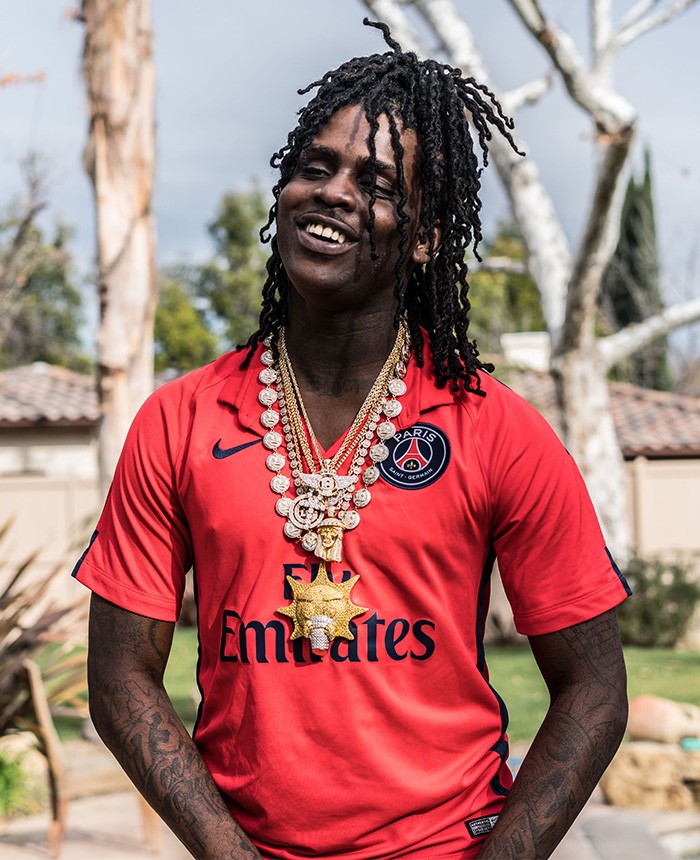

It was the “XO Tour Llif3” and “Bodak Yellow” of its day. If the music world and record industry were in 2012 what they are now, “I Don’t Like” would have been a contender for Billboard No. In other words, the golden road from online rap sensation to pop supersaturation walked by countless artists in the past two years simply didn’t exist. Streaming services were in their infancy. Radio wouldn’t touch new street rap with a 40-foot pole. Scads of YouTube views amounted to minimal revenue, and didn’t count toward the record charts online popularity in general amounted to nothing in Billboard’s eyes.

His name became shorthand for the violence of Chicago’s poor black neighborhoods, and though infamy is a form of fame, it didn’t pay too well back in 2012. The enthusiasm and opprobrium combined to make Keef into an urban legend. To be sure, the “I Don’t Like” video went viral, rapidly racking up tens of millions of views it gained Keef the attention of literally anyone who cared about rap, down to and including conservatives terrified of the weed smoke, black bodies, gun-flaunting, and joy it displayed. It’s here, perhaps, that the curse comes in. He was a star unveiling a new genre right before your eyes. At 16, Keef (born Keith Cozart) and his music gleamed with a charisma that was fully fledged. Five years later, the anthem and its kinetic, bare-bones video still carry the thrill of the new. “I Don’t Like” didn’t put Chicago drill music on the map so much as it burned the map and signed its name in the ashes. Few understand this better than Chief Keef, the human catalyst who changed rap in 2012 with a single video. There’s a curse involved in a being an innovator present audiences are often unprepared to greet the future.


 0 kommentar(er)
0 kommentar(er)
